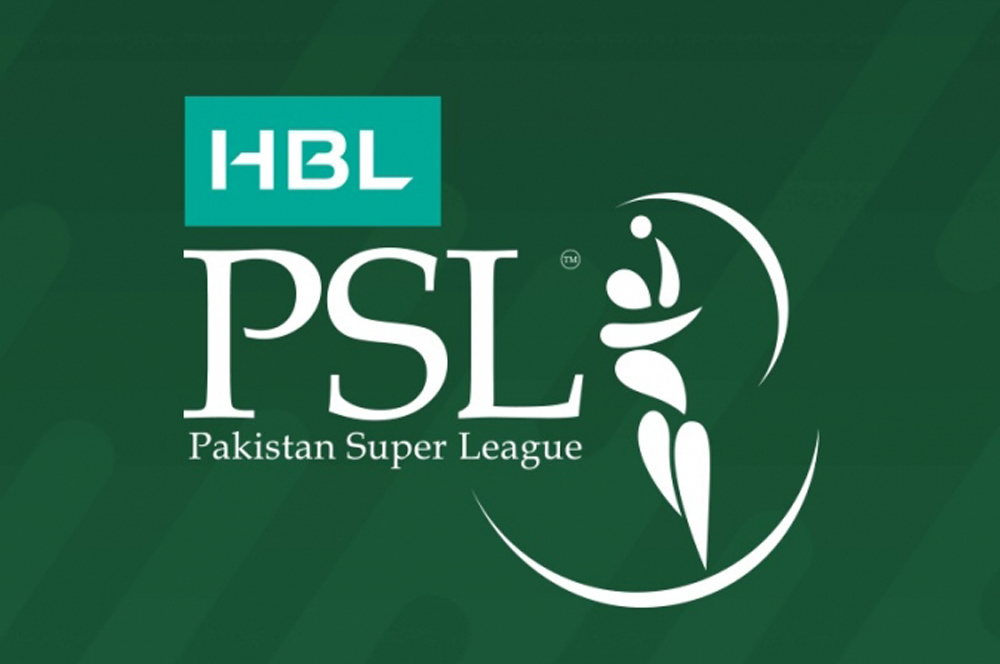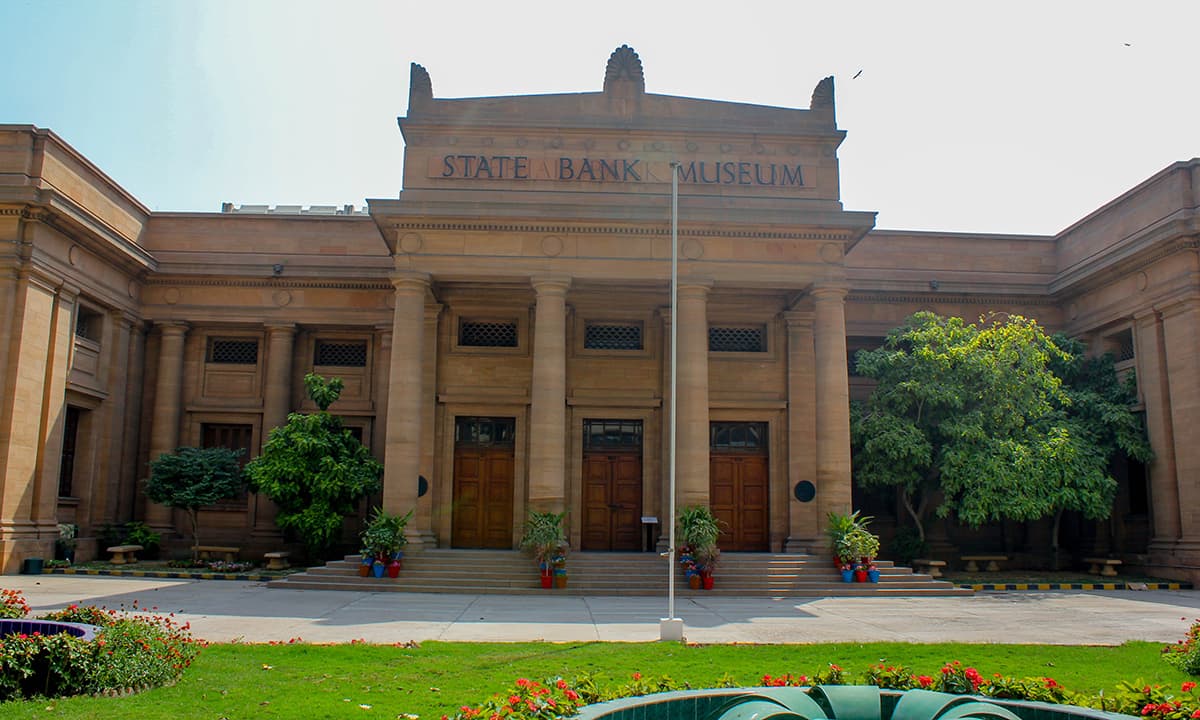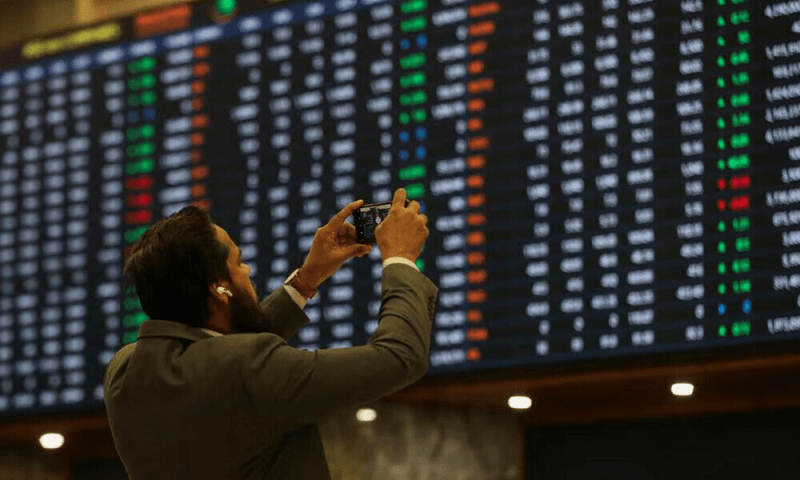By Mohammed Arifeen, Research Content Writer.
Pakistan : Rs1.7tr surplus in July-Sept led by SBP profits, boost in petroleum levy revenue. Non-tax revenue soars 550pc to Rs3.05tr; tax revenue up 25pc to Rs2.77tr. Fiscal position puts need for mini-budget to rest. Federal PSDP falters, plummets 45pc to Rs22.7bn.Unprecedented profits by the State Bank of Pakistan (SBP), driven by the highest-ever interest rates and record petroleum levy revenue. Both non-tax sources have helped the country convert its entrenched budget deficits into a fiscal surplus for the first time in at least 24 years. According to the Fiscal Operations report for the first quarter (July-September) of the current fiscal year, released by the Ministry of Finance on Thursday, the central bank posted an all-time high surplus profit of Rs2.5 trillion, primarily due to the country’s highest-ever policy rate of 22 per cent. This gain was also supported by a record Rs262 billion earned from the petroleum levy, an 18pc increase from last year.Due mainly to the SBP’s record profits, the country’s fiscal balance that is the gap between national revenues and expenditures reached a surplus of Rs1.696tr, or 1.4pc of GDP, in the first quarter. This is in sharp contrast to the 0.9pc deficit recorded for the same period last year and marks the first time Pakistan has achieved a budget surplus, breaking a 24-year cycle of consecutive fiscal deficits since FY2001, the earliest year for which public data is available.
The country’s primary surplus, which excludes interest payments from the fiscal balance, also touched a historic peak of more than Rs3tr, or 2.4pc of GDP, almost double the full-year target of 1pc of GDP, or about Rs1.24tr. During the same quarter of last year, the country posted a budget deficit of roughly Rs980bn and a primary surplus of Rs400bn, or 0.4pc of GDP.This fiscal position apparently puts to rest, at least for now, the need for additional revenue measures or a mini-budget to make up for about Rs85bn shortfall on the tax revenue target committed to the International Monetary Fund (IMF) for the first quarter. The SBP’s profit during the same quarter last year was zero, although it later came in at Rs972bn during the second quarter and remained unchanged throughout the year. This year, non-tax revenue exceeded tax revenue for the first time, with non-tax revenues surging over 550pc to Rs3.05tr in the first quarter compared to Rs469bn in the same period last year. Tax revenues increased by 25pc to Rs2.77tr from Rs2.22tr last year. Therefore, total revenues (both tax and non-tax) increased by almost 117pc to Rs5.83tr in the first quarter against Rs2.686tr last year. As a result, the total revenue-to-GDP ratio also almost doubled to 4.7pc of GDP as of Sept 30 this year against 2.5pc a year ago.
On the other hand, total expenditure also rose by about 13pc to Rs4.13tr against Rs3.67tr last year. Of this, current expenditure rose 11pc to Rs3.54tr compared to Rs3.17tr last year. Defence expenditure rose 20pc to Rs410bn during the quarter compared to Rs343bn.
Mainly because of the lower policy rate, the total interest payments dropped 5pc to Rs1.3tr in the first quarter against Rs1.38tr last year. Statistical discrepancy surged by almost 50pc to Rs317bn this year against Rs211bn last year, raising questions over the government’s accounting credibility.
Unfortunately, though, the federal development programme appeared to have faltered, as is evident from an almost 45pc fall in the federal Public Sector Development Programme (PSDP) to just Rs22.7bn compared to about Rs41bn a year ago.
Net external financing was negative Rs157bn in the first quarter compared to Rs442bn in additional financing last year. Domestic bank borrowing also saw a downturn, registering at a negative Rs1.87tr compared to additional borrowing of Rs1.076tr in the first quarter of last year.
Moreover, the four provinces jointly provided a cash surplus of Rs160bn compared to Rs51.4bn last year. The PML-N-led provincial government in Punjab exceeded its expenditure limits, putting up its fiscal deficit at Rs160bn. This prevented the provincial surplus from exceeding Rs500bn.
The other three provinces collectively provided a surplus of Rs319bn, with Sindh contributing Rs131bn, Khyber Pakhtunkhwa Rs104bn, and Balochistan Rs85bn.
As a percentage of GDP, total revenues increased to 4.7pc compared to 2.5pc last year; tax revenues to 2.2pc from 2.1pc; and non-tax revenues to 2.5pc from 0.4pc. The rise in tax revenues was led by a 31pc increase in direct taxes and 24pc in sales tax.
Total expenditure as a percentage of GDP slightly decreased to 3.3pc from 3.5pc last year, while current expenditure reduced to 2.8pc from 3pc. Markup payments dropped to 1.1pc of GDP against 1.3pc last year, while defence and development and net lending stood at 0.3pc in both years.

















